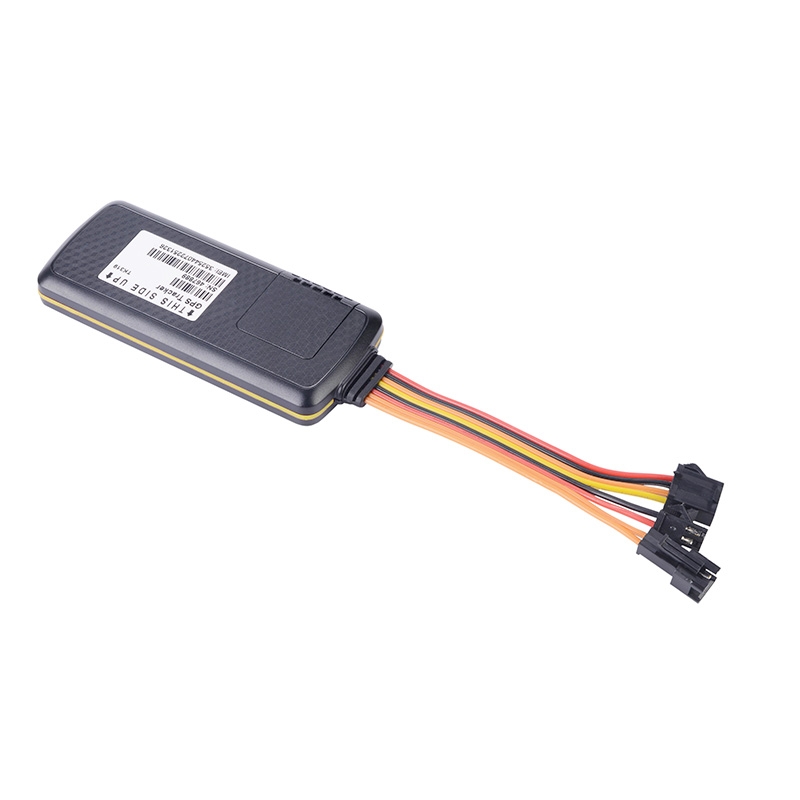GPS is a widely used technology for navigation and positioning that uses satellite signals to calculate and determine a specific location. This paper will introduce the principle of 4G wireless tracker, location calculation method and factors affecting positioning accuracy, and provide methods to improve positioning accuracy.
The gps tracker with temperature sensor works by:
The GPS system consists of a group of satellites in Earth orbit and receivers on the ground. The satellite sends out an accurate time signal and contains data about its position and state. The receiver receives a signal from multiple satellites and determines its position by calculating the difference between the time the signal travels and the time it is received.
Location calculation method:
The GPS receiver calculates the exact position by following these steps:
1. Receiving satellite signals: The receiver receives signals from at least four satellites. The receiver needs enough signal strength to accurately calculate the position.
2. Measurement of signal travel time: The receiver measures the time difference between the signal transmitted from the satellite to the receiver. Since the speed of the signal is known (the speed of light), the receiver can calculate the distance traveled by the signal based on the time difference.
3. Determine position: By calculating the distance the signal travels and the position of the satellite, the receiver can use triangulation to determine its position. This process involves the measurement and calculation of multiple satellite signals.
When positioning is not accurate:
While gps tracker with temperature sensor is relatively accurate, the following factors can lead to inaccurate positioning:
1. Antenna position: The position of the antenna is critical to the strength and quality of the received satellite signal. If the antenna is blocked or obscured, the signal may be interfered with or weakened, affecting positioning accuracy.
2. Weather conditions: Adverse weather conditions (such as heavy rainfall, snow or fog) may interfere with signal propagation, resulting in inaccurate positioning.
3. Multipath effect: When GPS signals are reflected or refracted onto buildings, mountains or other objects, multiple propagation paths will be generated, which is called the multipath effect. The multipath effect may cause signal delay and distortion, thus affecting the positioning accuracy.
Methods to improve positioning accuracy:
The following methods can be used to improve the accuracy of a gps tracker with temperature sensor:
1. External antenna: The use of external antennas can improve the signal reception quality of the receiver. External antennas can be placed in open areas where the best signal can be obtained.
2. Multi-star positioning: Receiving more signals from satellites can improve the accuracy of positioning. Try to choose a wide field of view to ensure that a sufficient number of satellite signals are received.
3. Joint positioning system: The combination of GPS and other positioning technologies (such as GLONASS and Beidou navigation satellite System) can provide more accurate positioning results.
4. Data correction: Use differential GPS or real-time kinematics (RTK) technology to receive correction data to reduce positioning errors.
The 4g wireless tracker receives the satellite signal and calculates the time it takes for the signal to travel to determine a specific location. However, antenna position, weather condition and multipath effect will affect the positioning accuracy. The accuracy of gps tracker with temperature sensor can be improved by using external antennas, multi-star positioning, joint positioning system, data correction, etc. These measures will help users get more accurate and reliable location information.
gps tracker with temperature sensor https://www.eelinktracker.com/waterproof-bluetooth-GPS-temperature-tracker-BTT01-with-high-accuracy-temperature-sensor-.html
